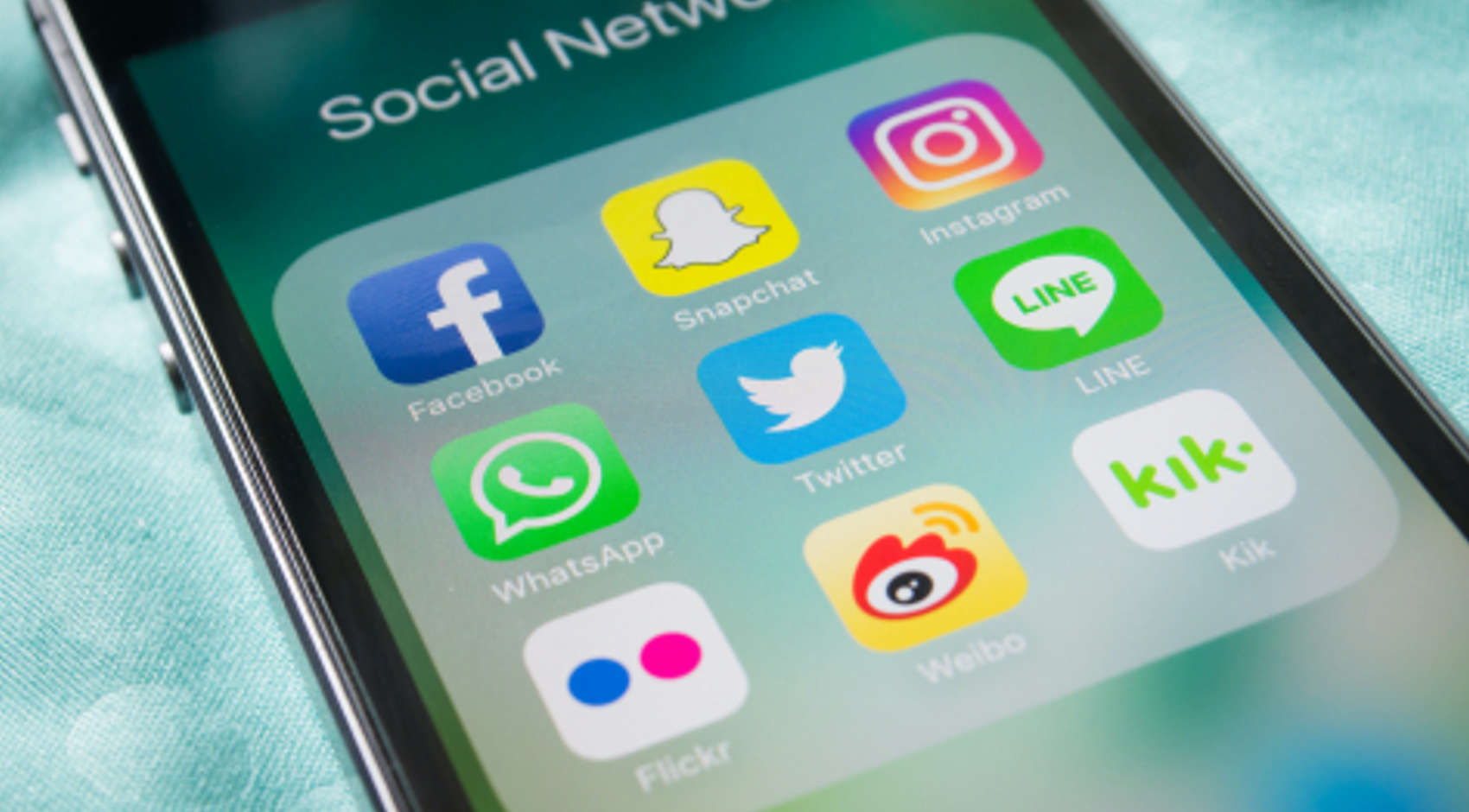Choosing the right channels for digital content marketing is not easy. That’s why it is so important to not only look at the advantages and disadvantages of the individual platforms, but above all to consider where your target group is going. In our two-part series, we therefore look at all the important channels and make brief recommendations on how they can be used for companies’ content marketing strategies.
Topics in this article
- YouTube: The second largest search engine in the world
- Pinterest: The Hidden Champion of Social Networks
- Snapchat: content marketing for the young target group
- Twitter: real-time and crisis communication
- Every content marketing strategy requires an analysis
In the second part of our special on social media platforms for corporate content marketing you can read all about YouTube, Snapchat, Pinterest and Twitter. Here you find our first part about Facebook, LinkedIn, Xing and Instagram.
YouTube: The second largest search engine in the world
YouTube is a world of its own, in which corporate content in particular is struggling. Compared to YouTubers like LeFloid, Sami Slimani and Bibi, companies simply have a hard time. Nevertheless, a YouTube channel can offer important advantages for any company. Did you know that YouTube is the second largest search engine in the world? Many users are looking for instructions and tutorials – which is a huge opportunity for any company to position itself as the perfect contact for current and potential customers.
Again, staying power is important, as is a sustainable content marketing strategy. Anyone setting up a YouTube channel as a content marketing platform often follows the established hub, hero, hygiene strategy, which ensures that the channel grows in the long term.
Conclusion: YouTube is and remains one of the most important channels for positioning, customer loyalty, branding and customer acquisition – also in the B2B sector. Since video production is still quite costly, the appropriate budget should be combined with the necessary creativity.
Pinterest: The Hidden Champion of Social Networks
Pinterest is probably the most underestimated social network in the world. While everything talks about Snapchat, Instagram and Facebook, Pinterest leads a life virtually outside the perception of the broad masses – but wrongly so. Pinterest, which is often smiled at as a housewife network, actually offers many great approaches to a successful content marketing strategy. Like Instagram, it is very visual, but unlike Instagram, it is perfect for displaying info graphics, instructions – and recipes.
Pinterest has already replaced Facebook as a traffic bringer for many websites with corresponding content, setting a benchmark for social networks. And Pinterest has another advantage over Facebook: Unlike Facebook, the posts on Pinterest do not disappear, but can be found and shared over and over again – a large number of cases show how well this can work.
Conclusion: Pinterest is the hidden champion of social networks. If a company has a suitable content marketing strategy and the appropriate content, Pinterest can help you achieve important goals.

Snapchat: content marketing for the young target group
Since the IPO, things have become a little quieter around Snapchat – this is mainly due to the fact that Facebook, among others, has successfully copied many important Snapchat functions with its subsidiary Instagram. Nevertheless, it is too early to write Snapchat off. Snapchat is still successful, especially with the young target group that has supposedly turned away from Facebook.
However, creating content for Snapchat is anything but easy and requires extreme staying power and high frequency. The short stories have to be filled and followed up again and again – because they disappear again quickly.
Conclusion: Snapchat is only worthwhile for companies if they have the budget and the expertise – and there is no other way to reach their own target group better.

Twitter: real-time and crisis communication
Twitter is the perfect real-time medium for ad-hoc messages, conference reporting and communication with customers. Nevertheless, Twitter is currently struggling, has problems to grow and, especially in Germany, leads a wallflower existence compared to Facebook and Instagram. Nevertheless, a Twitter channel is a good thing, especially in corporate communications. Cases such as Telekomhilft and Allianzhilft also show how Twitter can be used as a support tool. Twitter is also the best tool in a crisis.
Conclusion: Twitter should almost always be part of the portfolio of a good content marketing strategy, even if its immediate value for digital marketing cannot be seen and measured at first glance. Twitter shows its strength especially in crisis situations.
Every content marketing strategy requires an analysis
You see, choosing the right channels for digital content marketing is not easy. That’s why it’s so important to not only look at the advantages and disadvantages of the individual platforms, but above all to consider where your target group is going. Simply starting a channel without a basic analysis makes little sense and is tantamount to throwing money out the window.
If a company is using budget for a social media channel, it is important to know beforehand whether its target group is even moving in sufficient numbers on this platform – and with what kind of content it interacts there. Then, based on this data, a strategy has to be developed, the goal of which should be brand management, positioning, customer loyalty, branding and customer acquisition, depending on the focus.
Read the first part of our special Platforms for your content marketing strategy: Facebook, LinkedIn, Xing and Instagram.




